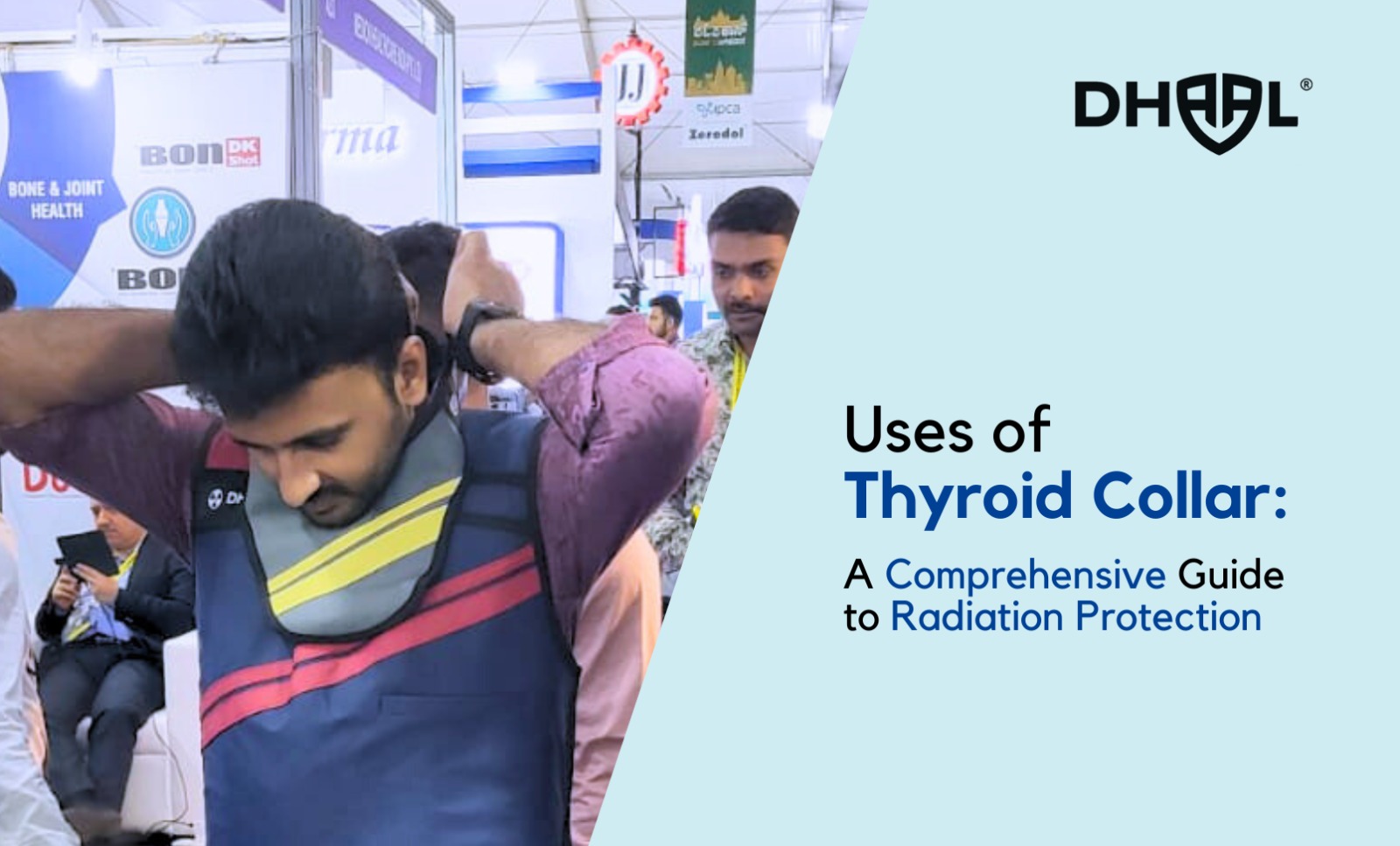
The average radiation dose recommendation for a common man and a healthcare worker may differ based on various factors, such as their job roles, level of exposure, and risk tolerance. However, there are some general guidelines that can be followed.
For a common man, the average recommended annual radiation dose limit is 1-2 millisievert (mSv). This dose is considered safe and is equivalent to the radiation exposure a person receives from natural sources, such as cosmic radiation and radon gas, in a year.
For healthcare workers, the recommended radiation dose limit is higher, but it still follows the ALARA principle. The dose limit for healthcare workers is typically set at 20 mSv per year for occupational exposure, according to the International Commission on Radiological Protection (ICRP). This limit is higher than the recommended dose for the general public because healthcare workers are exposed to ionizing radiation as part of their job duties.
However, it’s important to note that some healthcare workers, such as interventional radiologists, may be exposed to higher levels of radiation than others. In these cases, the recommended dose limit may be adjusted accordingly to minimize their risk of harm.
It’s also important to note that the actual dose received by an individual can vary based on various factors, such as the type of radiation, the duration of exposure, and the use of protective measures. It’s essential to follow radiation protection guidelines and minimize exposure to ionizing radiation as much as possible to ensure the safety of both the general public and healthcare workers.


